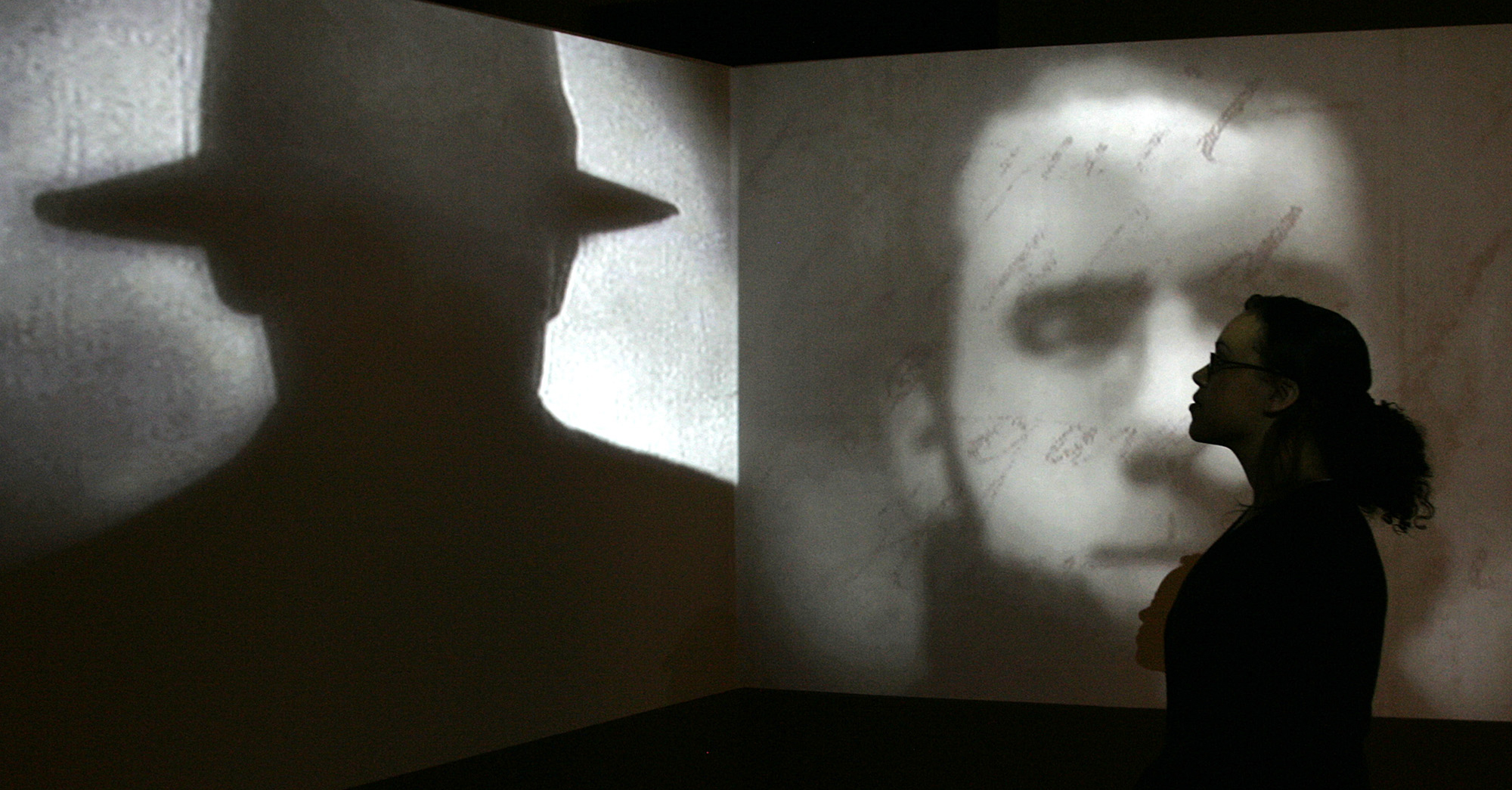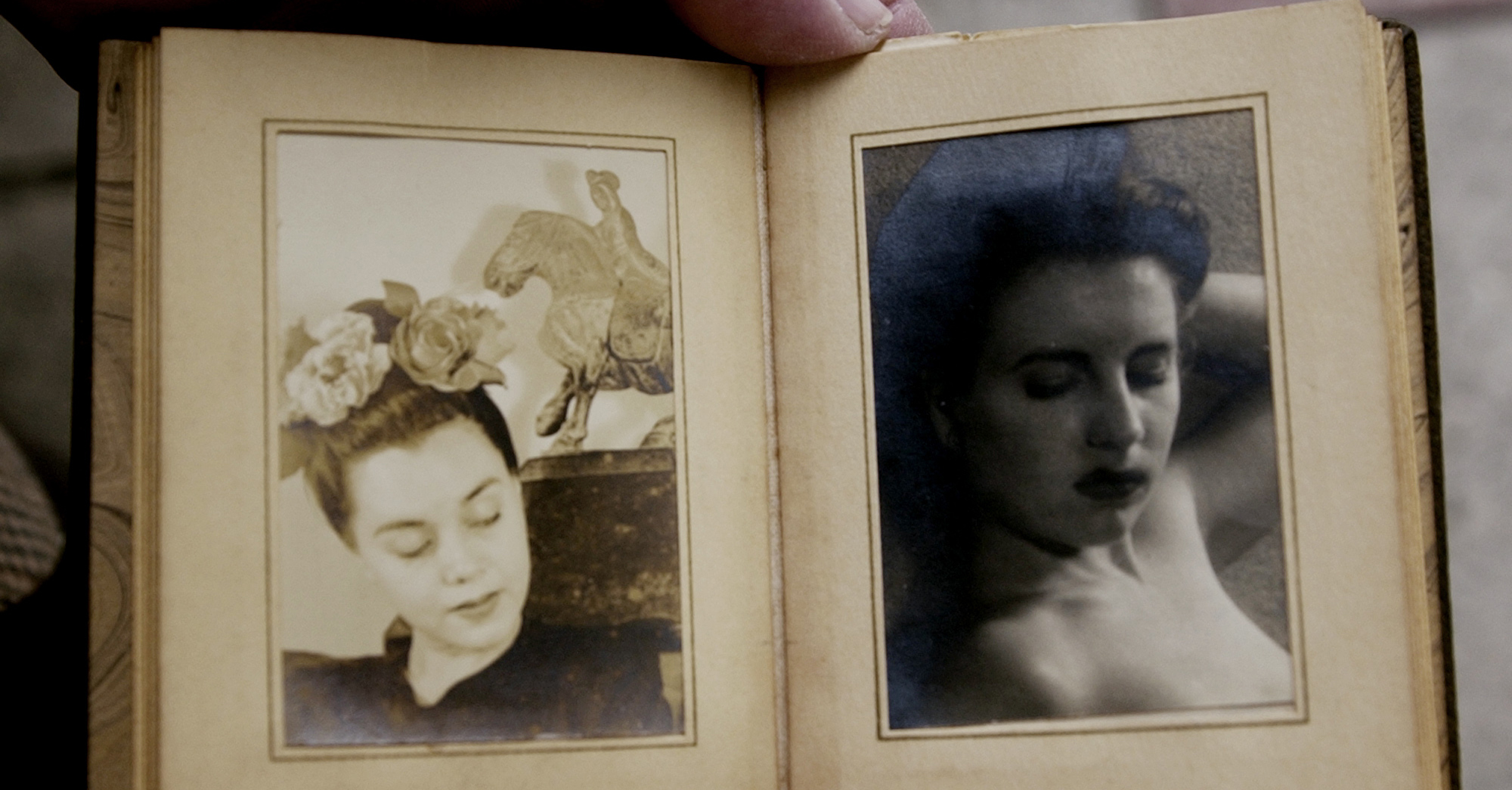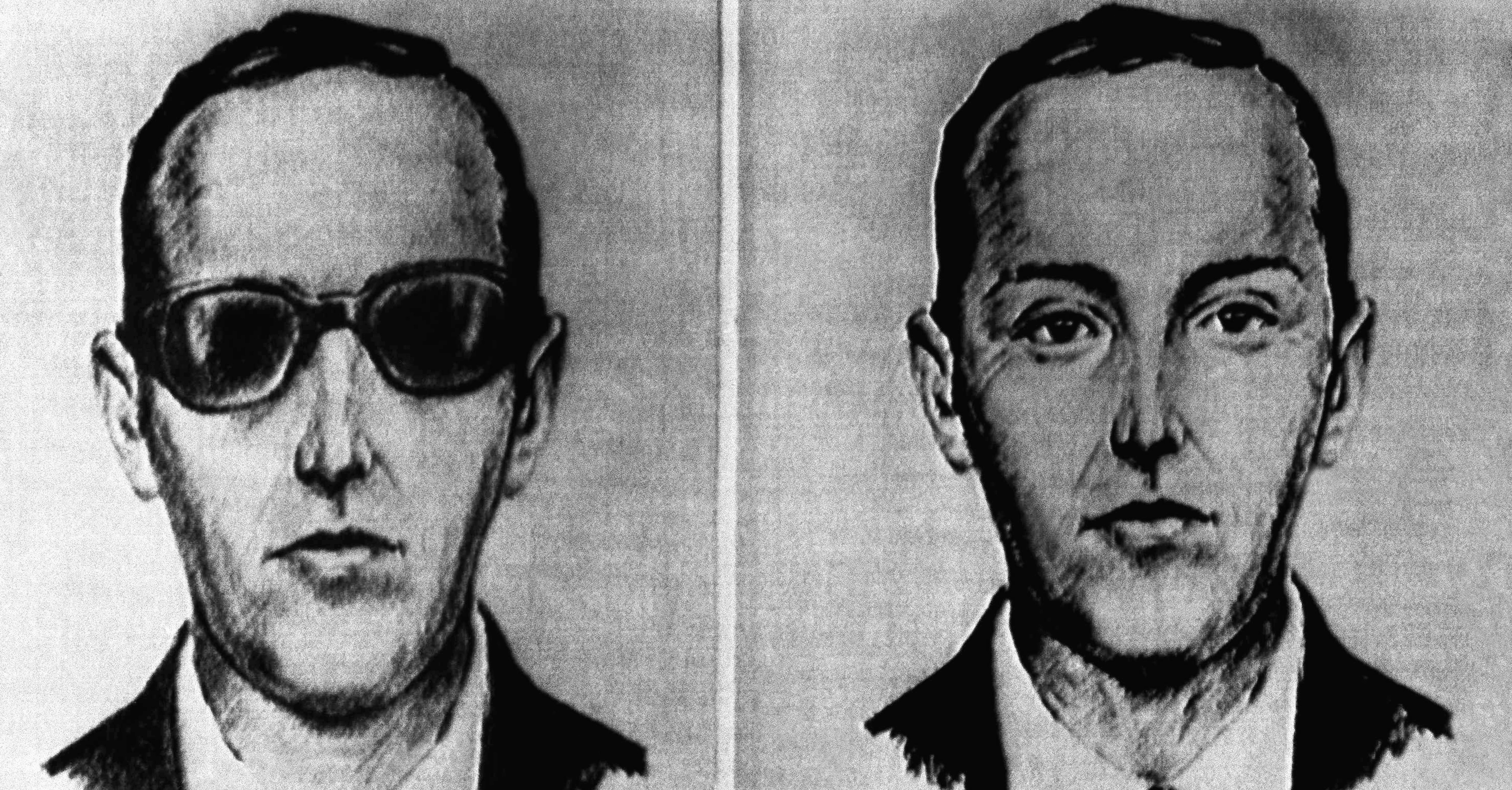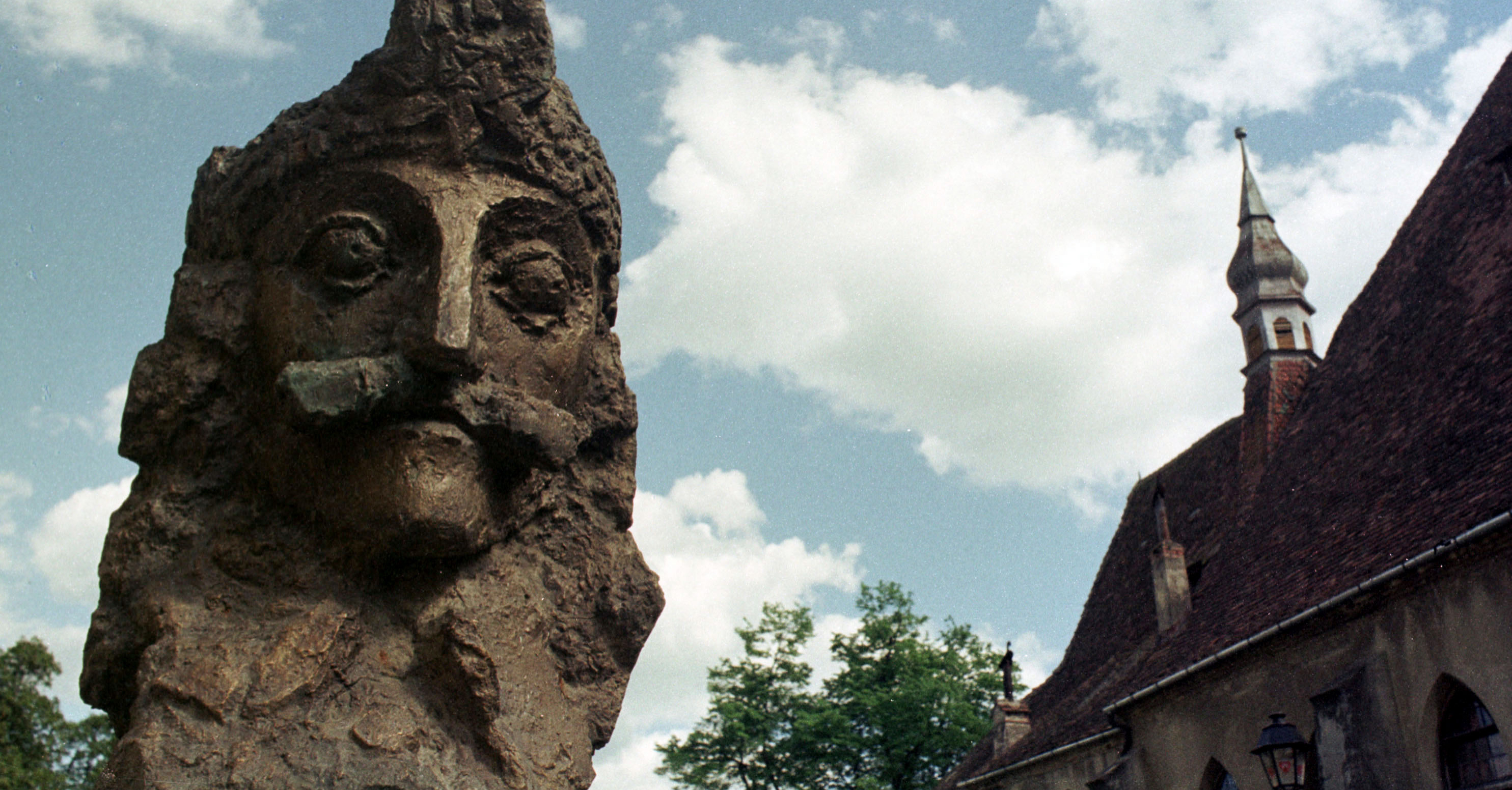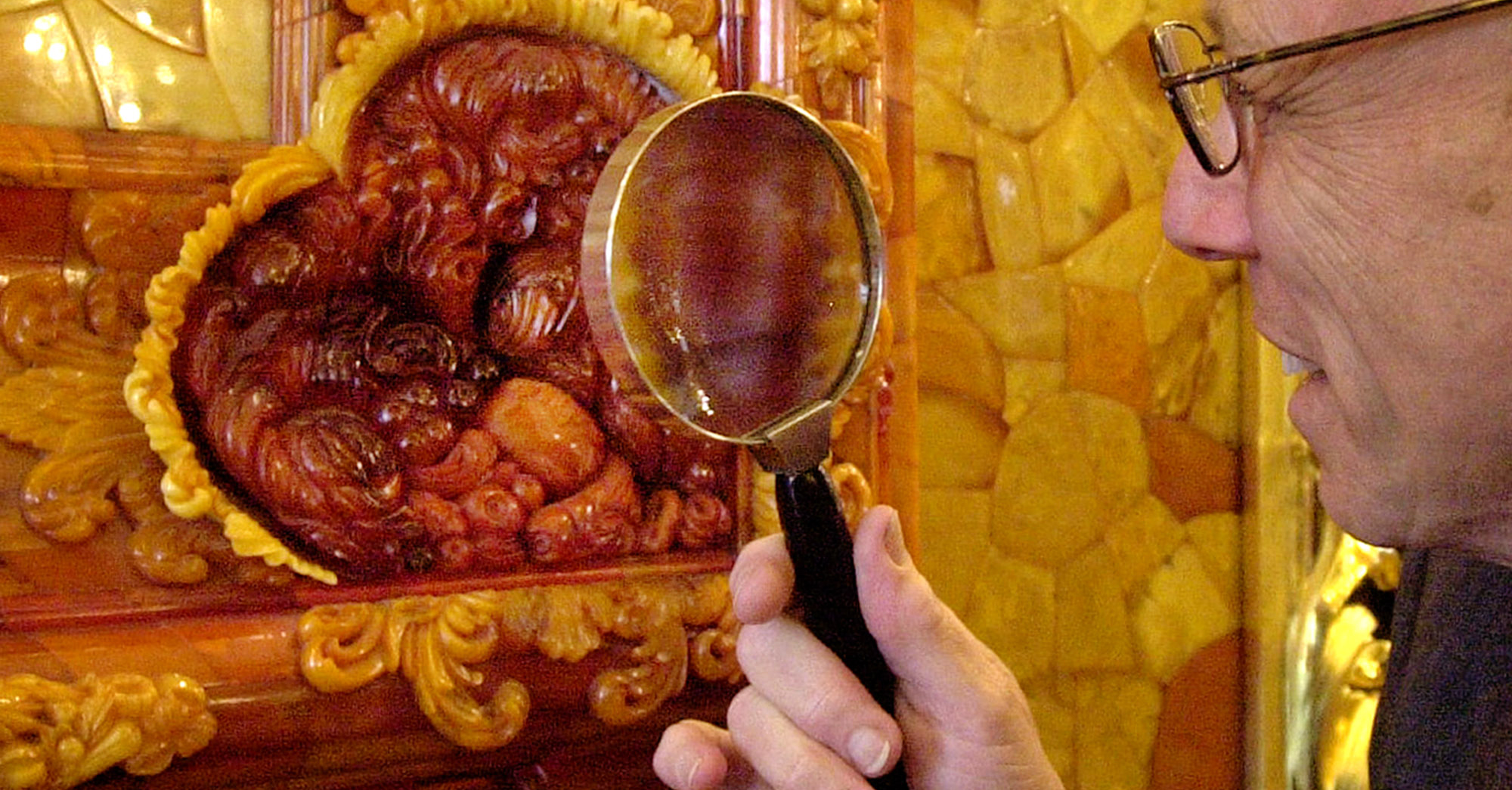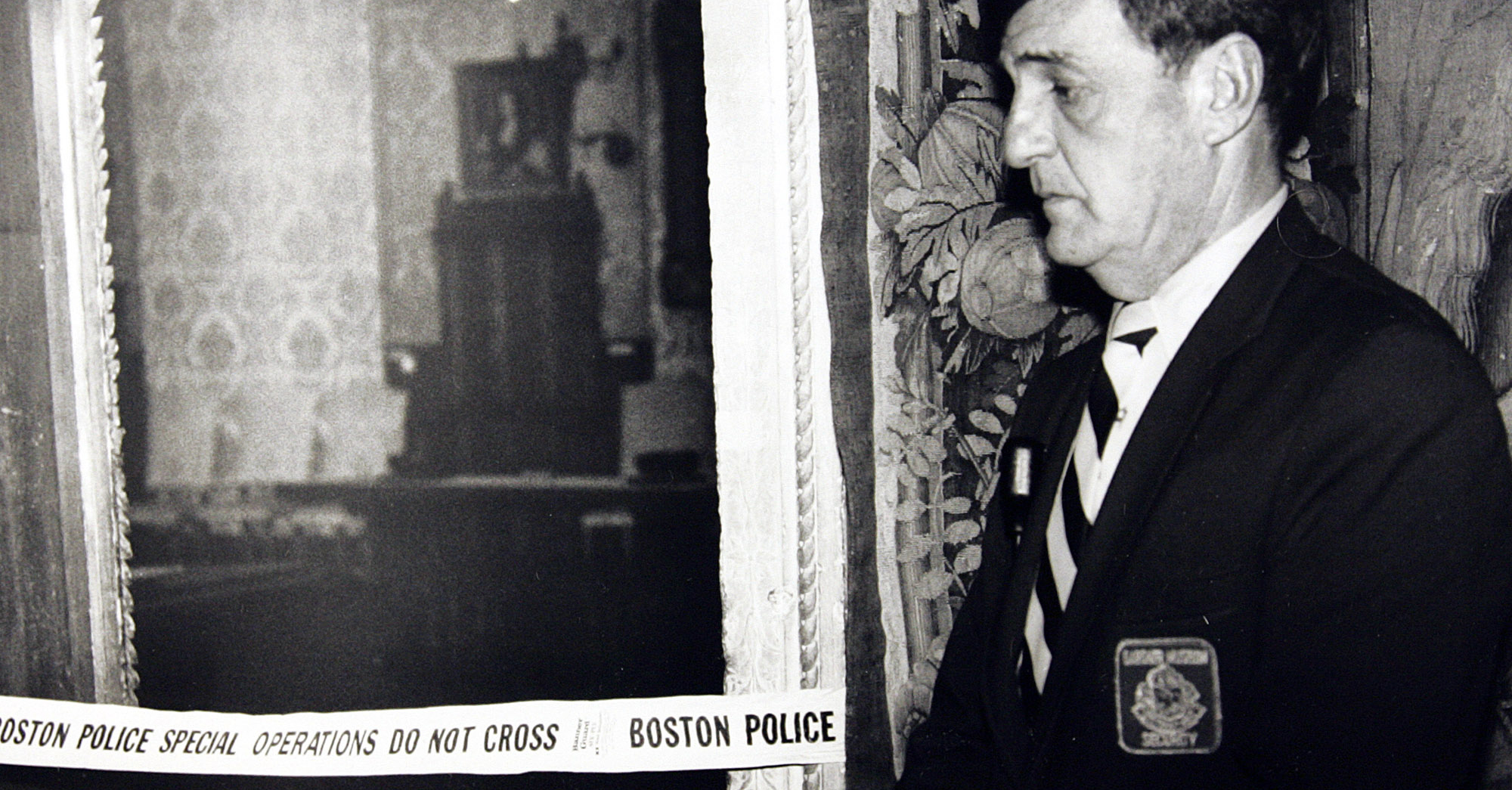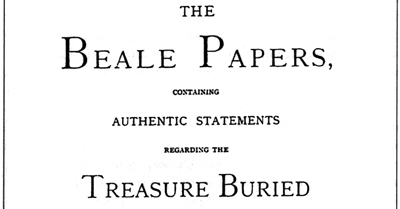There are some questions that will leave you puzzling and puzzling until your puzzler is sore. Mysterious books in unknown languages, crimes that have never been solved and bodies that apparently disappeared into thin air.
Videos by Rare
Here are 10 mysteries that will give your puzzler a workout.
1. Jack the Ripper’s identity
Background: There were five women killed in the London neighborhood of Whitechapel between August and November of 1888. The women, who worked as prostitutes, had their throats and bodies slashed. The killer was never identified. There were several other murders around this time period that may or may not have been committed by the Ripper.
Clues: Hundreds of letters from would-be Rippers were sent to newspapers, taunting the police. Three of them are believed to be real and have been studied extensively. Many theories exist as the possible identity, ranging from royalty to lawyers, barbers, con men and thieves. (Photo: Associated Press)
2. The Voynich Manuscript
Background: The manuscript was written on vellum, which has been carbon-dated to between 1404 and 1438. It belonged to Emperor Rudolf II of the Holy Roman Empire. After several wars, the book disappeared for more than 200 years, finally reappearing when it was bought by collector Wilfrid Voynich. The book is currently housed at Yale University.
Clues: The manuscript is written in an unknown language that has never been successfully translated. Illustrations in the book show a number of plants that have never been successfully identified. The general impression given by the combination of illustrations and text is of an early medical book, but despite the best efforts of cryptographers, no one has yet cracked the code. (Photo: Creative Commons)
3. The Black Dahlia Murder
Background: On January 15, 1947, the body of actress Elizabeth Smart was found in a Los Angeles park, sliced in half and posed. Newspapers of the time nicknamed her the “Black Dahlia” and turned her death into a battle for headlines. It is one of Los Angeles’ oldest and most notorious unsolved murder cases.
Clues: More than 60 people have “confessed” to the murder, but they have all been discounted. Several letters were written to the editors at the Los Angeles Examiner and signed by the “Black Dahlia Avenger,” but they were never successfully traced back to their source. (Photo: Associated Press)
4. D.B. Cooper
Background: On November 24, 1971, D.B. Cooper calmly handed his stewardess a note. The note (which Cooper had to convince her to read) said he had a bomb. After the plane touched down, was loaded with $200,000 in cash and parachutes, and took off again, Cooper jumped out — never to be seen again. It is the only unsolved case of air piracy in American history.
Clues: The hunt for D.B. Cooper is still an active investigation. FBI agents have long theorized he died in the jump. The only two pieces of evidence clearly linked to Cooper that have been found are $8,500 in cash, found in the Columbia River in 1980, and a placard from the plane, detailing how to open the aft staircase. (Photo: Associated Press)
5. The Tomb of Vlad Dracula
Background: Prince Vlad Dracula, aka Vlad the Impaler and Vlad Tepes, was a prince of what is now Romania in the mid-1400s. He earned his bloodthirsty reputation by impaling and torturing between 40,000 and 100,000 invading Ottoman Turks. He captured the area three times before finally falling at the end of 1476. His head is believed to have been sent to the Ottoman emperor, but the location of his body is still unknown.
Clues: An initial theory suggested Dracula’s body was buried at a monastery called Comana that was demolished and rebuilt around 1589. However, later evidence suggested he was buried at Snagov, an island monastery near Bucharest. An unmarked grave was said to be his — but investigators only found horse bones in it. Needless to say, Dracula’s coffin is still missing. (Photo: Getty Images)
6. The disappearance of Jimmy Hoffa
Background: Jimmy Hoffa was a union activist and organizer who became the most powerful labor leader in the country between the late 1950s and early 1970s. He was imprisoned for jury tampering, attempted bribery and fraud in 1967 after loaning money to organized crime figures. He was released in 1971 after making a deal with then-President Richard Nixon. Hoffa was last seen in late July 1975, outside the Machus Red Fox, a suburban Detroit restaurant.
Clues: People have tried to figure out where Hoffa was buried for decades, with theories ranging from under Giants Stadium in New Jersey to packed into an auto shipment headed for Japan. Authorities found a hair of Hoffa’s in a car owned by longtime friend Chuckie O’Brien in 2001, but have been unable to tie him to the case. Several other gangsters have claimed responsibility, but nothing has been proven. (Photo: Associated Press)
7. The unmaking of the Amber Room
Background: In 1701, the first King of Prussia ordered the creation of a room decorated with six tons of Baltic amber, gold leaf and mirrors. It was eventually moved to the Winter Palace in St. Petersburg, Russia. During World War II, the Soviets tried to hide it from the Nazis behind wallpaper, but the Nazis found it and took it apart, rebuilding it in Konigsberg Castle, which was heavily firebombed during the Allies advance. Before it was lost, it was considered an “Eighth Wonder of the World.” A replica has since been built.
Clues: German officials gave orders to remove anything of value from Konigsberg before the Allies advanced. What was and was not taken has never been clearly documented, however. One of four stone mosaics that decorated the room was found in Germany in 1997. Russian records state the room was destroyed during the battle of Konigsberg, but sources have said part of it was found in the basement of the castle after the battle. In 1968, Soviet Premier Leonid Brezhnev ordered the remains of the castle destroyed.
8. The Gardner Museum Robbery
Background: In the early morning hours of March 18, 1990, a pair of thieves disguised as police officers snuck into the Isabella Stewart Gardner Museum in Boston and made off with 13 works of art, valued at approximately $500 million. The theft is considered the largest private property theft ever.
Clues: The thieves made some odd choices in what they stole, in some cases bypassing more valuable works. It took them 81 minutes and two trips to the car to get the haul out of the museum. The loss included three Rembrandts, including his only known seascape, and one of only 34 known Vermeers in the world. In 2013, the FBI said it believes it knows who took the artwork, looking at a criminal ring operating in New England and the mid-Atlantic states. No arrests have yet been made, however.
9. The disappearance of Amelia Earhart
Background: Amelia Earhart, a celebrated aviation pioneer and author, was the first woman to fly solo across the Atlantic Ocean. In 1937, she was trying to become the first woman to fly around the world when she approached Howland Island. Radio communications between a Navy ship stationed there and Earhart broke down, and she was last heard from July 3, 1937.
Clues: Several studies led people to believe the plane simply crashed and sank off Howland Island. However, researchers following the line Earhart was flying have found possible evidence of her plane at Nikumaroro Island (formerly Gardner). Sonar mapping in 2012 found material that matched photos of Earhart’s plane. Experts are planning to revisit the site in June of 2015.
10. The Beale Ciphers
Background: In 1822, an American named Thomas J. Beale gave an innkeeper a box to keep safe until his return. Beale never returned, and 23 years later, the innkeeper, Robert Morriss, opened the box to find two letters and three ciphers. He couldn’t figured out the cipher and gave the papers to a friend named James Ward, who published them in a pamphlet called “The Beale Papers” in the 1880s. One of the ciphers was decoded using the Declaration of Independence as a book cipher. It suggested that millions of dollars in gold and silver that Beale and his friends brought back from Colorado is buried somewhere in Bedford County, Va.
Clues: All the information about the story originates from “The Beale Papers” pamphlet, and scholars have questioned the truth of the tale. No one has ever been able to find a census recording that matches Thomas J. Beale, for example, but many records are incomplete or missing. The treasure, if it exists, is still out there.

